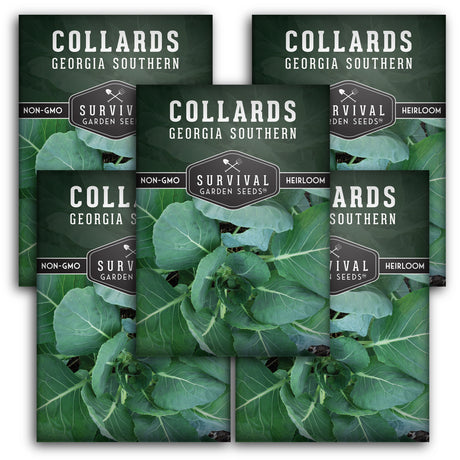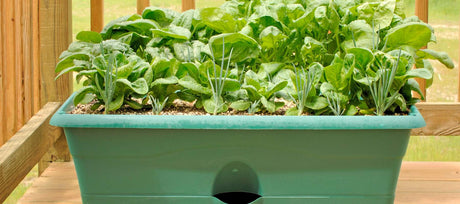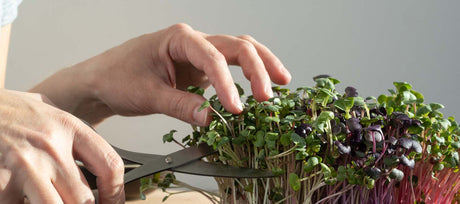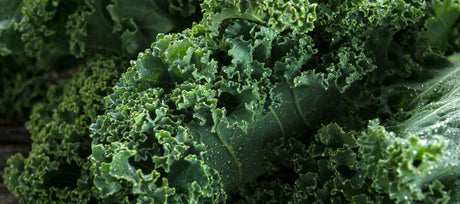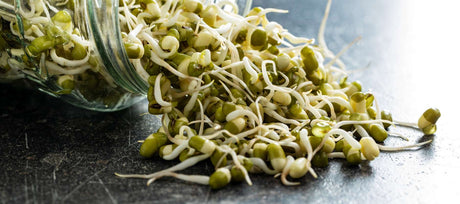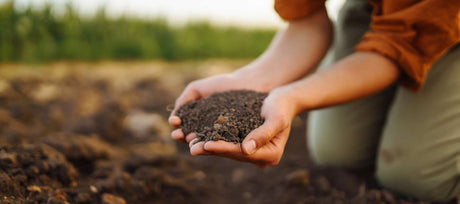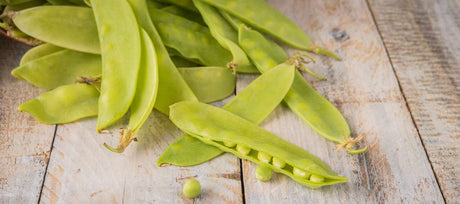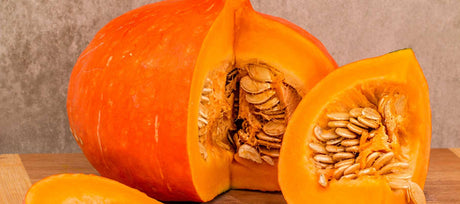Survival Garden Seeds offers heirloom collard green seeds for sale, carefully selected to germinate well and produce healthy, flavorful plants that can withstand various garden conditions.
Growing Collard Green Seeds in Your Garden
- Nutritious, homegrown greens
- Tolerant to cool temperatures
- Heirloom, non-GMO seeds
- Southern soul food staple
INTRODUCING COLLARD GREEN SEEDS
Collard greens, part of the Brassica family, are enjoyed for their dense, vitamin-packed leaves. Like all crucifers, these leafy green veggies offer a wealth of health benefits, including high levels of vitamins A, C, and K as well as other antioxidants and minerals. Native to the Mediterranean region, collard greens have been cultivated for their culinary and medicinal properties for thousands of years. They are suited for growth in USDA hardiness zones 3 to 11, although they can be grown in many climates with appropriate care.
PLANTING COLLARD GREEN SEEDS
Start by sowing collard seeds indoors, 6 - 8 weeks before the last frost. Plant seeds 1/4 inch deep, providing consistent moisture for germination. Typically, it occurs within two weeks. When seedlings are strong enough, thin them out or transplant them about 18 inches apart. This will be enough space for them to grow. Make sure to save the baby collard greens you thinned as a tasty and highly nutritious salad!
MAINTAINING COLLARD GREEN PLANTS
Collard greens are relatively easy to care for. They like regular watering, especially during dry periods, and benefit from a protective layer of mulch around them. These plants are pretty resilient to pests and diseases, especially when grown during the cool season, but keep an eye out for cabbage loopers. Harvesting can start when leaves are large enough to eat, anywhere from the baby green stage to full heads. For longer harvests, pick the outer leaves first. The plant will continue producing greens this way. You can also harvest the entire head if desired.
With Survival Garden Seeds, you can grow collard greens in your garden this season. Ensure a steady supply of fresh, nutritious greens. Cook traditional dishes or add them to salads. They provide a healthy, tasty addition to your kitchen table, especially during cool months when fresh flavors are hard to come by.





